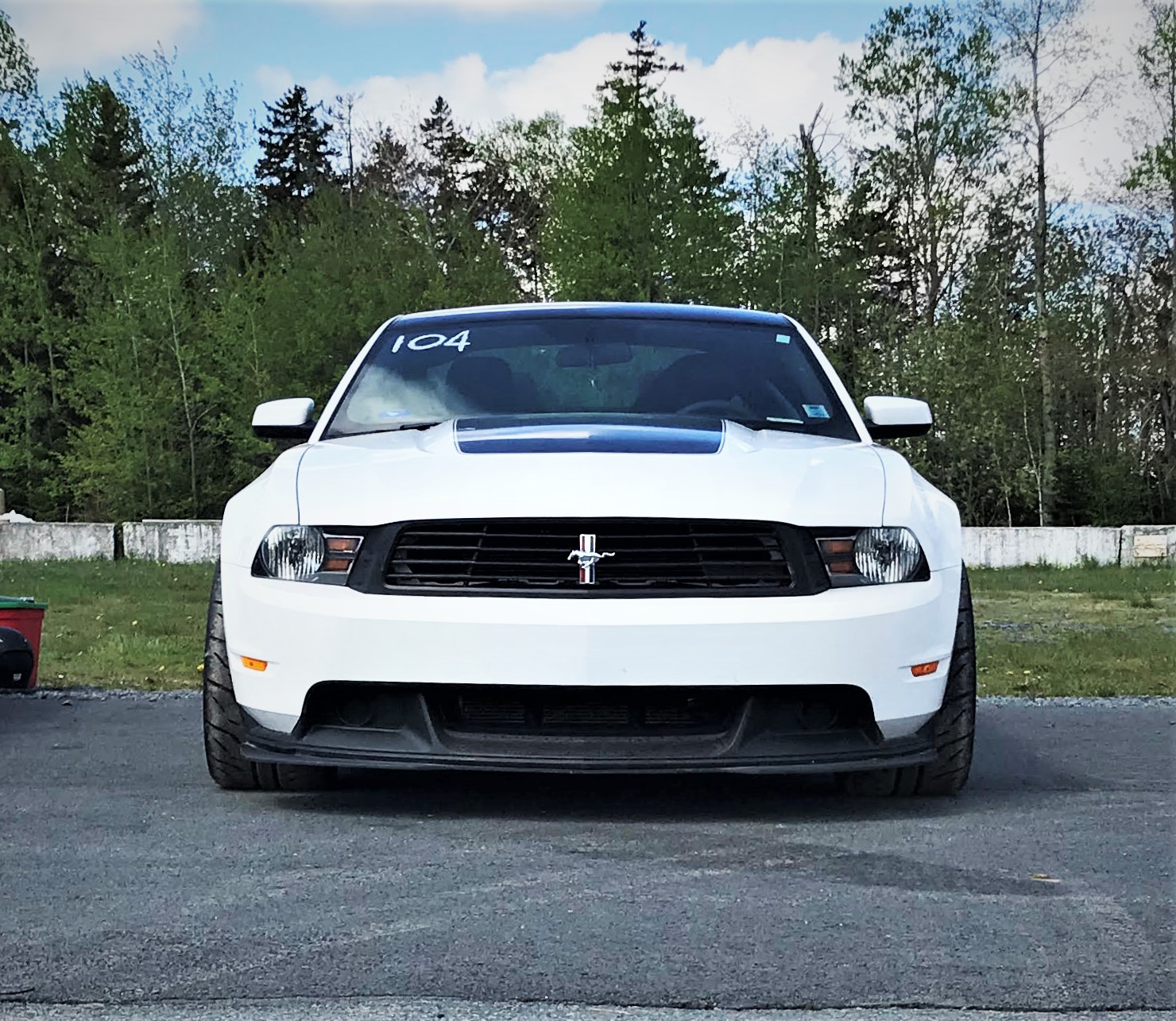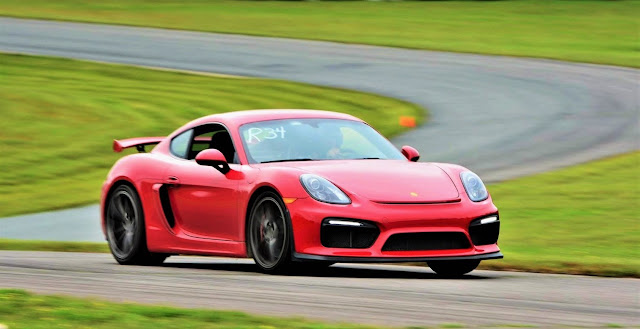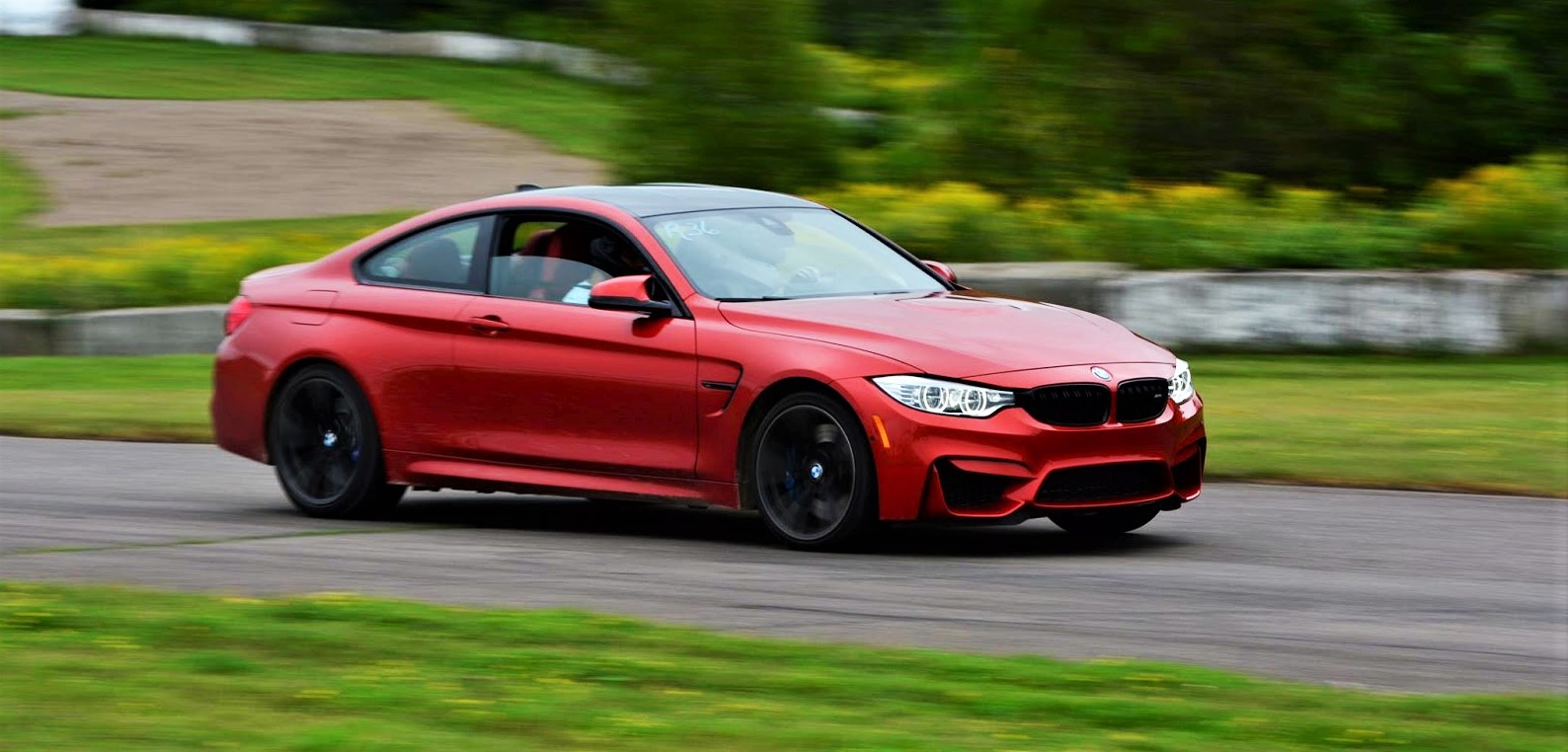If you've had any doubts about whether or not they will fit, fear not! You absolutely can run square 305/30/19's. I had a lot of doubts before pulling the trigger, even more so when the wheels where on the car. The tires do poke out a bit and I figured rubbing is all but guaranteed at full compression but I couldn't be happier I trusted APEX and those on here who have run it. Here's what you need: 1. Camber plates: I have MM C/C plates and they are maxed out at -2.3 deg with the stock struts. I have been running them for years with many track days without issue. 2. 1"/25 mm spacer: I have Motorsport-tech 1" spacers and they look like high quality units. There is maybe a 1/4 inch clearance in the back so you can't go any narrower than 25 mm. http://www.motorsport-tech.com/adaptec/car/ford_s and you want Design 2. Motorsport Tech 1" Mustang Hub-centric Spacers 3. Elongated studs: your best bet is to get the FPP hubs with elongated studs
Last year, I picked up a 2009 Lancer Ralliart to do a long term test with it as a dual duty track/daily. One of the first things I knew I was going to do was put a decent set of tires on it. The car came without OEM wheels which was actually good because I didn't have to hesitate about getting a good set of aftermarket wheels to support going wider. Thankfully, my friends at YST Auto Halifax set me up with a great set of Superspeed RF03RR wheels. The Wheels I had never even heard of Superspeed but I trusted the good folk at YST Auto who mentioned some customer cars running on track with them. These wheels are rotary forged which is basically a prerequisite to be taken seriously in this market populated by companies like TSW and Fast Wheels. The wheels looked like a high quality, well finished wheel and each had a "QC" check sticker on. Just for appearances? Maybe, but I found no defects. The wheels seemed easy to balance (didn't need many weights) and at 18.1 lb. f










